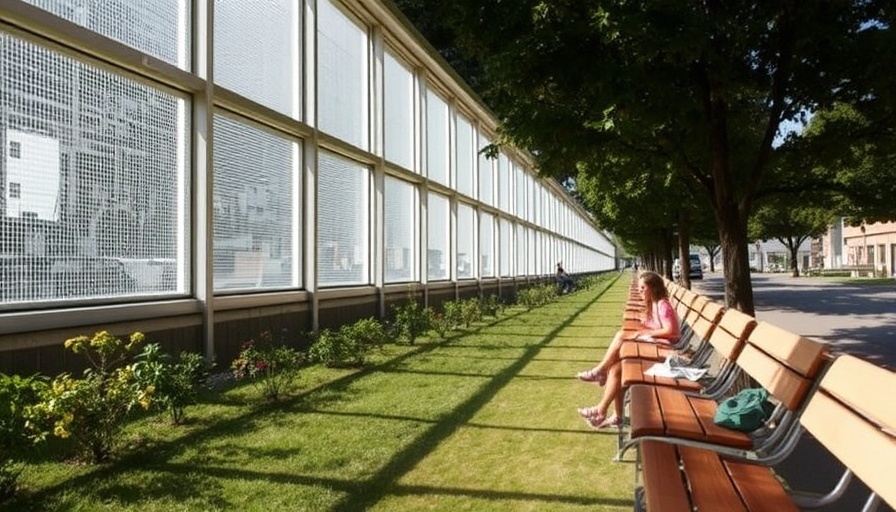
Adapting Schools to a Warming World
The impact of climate change is undeniable, with extreme heat now becoming a common challenge in U.S. schools. As districts across the nation grapple with hotter summers and rising temperatures during the back-to-school months of August and September, the urgency to protect students from hazardous heat conditions has escalated. Schools originally designed for cooler climates are being overwhelmed by this new normal, prompting discussions about innovative solutions.
Reimagining School Calendars: A Radical Shift?
One of the more contentious proposals on the table is rethinking the school calendar entirely. Instead of a long summer break, some suggest introducing breaks during the hotter months in spring or fall when temperatures might be more manageable. Grace Wickerson from the Federation of American Scientists highlights this approach as one way to address the challenges posed by extreme heat. “It’s definitely one technique that you could take to address the extreme temperature events,” she explains. By letting schools adjust their schedules, they could more effectively manage classroom conditions for both students and teachers.
Practical Solutions Beyond Calendar Changes
While restructuring the school calendar could alleviate some pressure, other proactive measures can make immediate improvements. Upgrading HVAC systems is crucial, as inefficient cooling creates uncomfortable learning environments. Adding more shaded areas on playgrounds, using green roofs, or even converting blacktop surfaces to grass can create cooler spaces for recess. Each of these ideas supports a more immersive, healthier outdoor play experience while also combating urban heat in schoolyards.
The Role of Community in Shaping Solutions
As these changes are discussed, community opinions and actions play a vital role. Local advocacy groups, like the Center for Green Schools, pushed for urgent intervention from the U.S. Department of Education last summer, advocating for effective strategies to shield students from extreme temperatures. This support underscores the importance of collaboration among school districts, local governments, and families to ensure student safety and comfort.
Adjusting to Our New Reality
With schools at the epicenter of this climate crisis, decision-makers must prioritize student well-being. Implementing smart design solutions and environmental sustainability initiatives is more than a trend; it is necessary for the health of the next generation. No longer can education remain disconnected from climate realities. Instead, it needs to weave sustainability and safety into its operational fabric.
What Homes Can Learn from School Adaptations
Just as schools are adapting to protect their students from heat, homeowners should also consider how their environments respond to rising temperatures. Utilizing sustainable materials, investing in better insulation, and creating outdoor shading can make a world of difference in maintaining comfort and livability in our homes.
As conversations about modifying school schedules proliferate, it’s evident that adapting our educational institutions must parallel broader dialogues about climate resilience. Homes are the primary environment for families, echoing the need for adaptation strategies similar to those proposed for schools. By fostering awareness and action in both educational and home settings, we can ensure a healthier, more sustainable future for everyone.
Take the time to explore how your home can adapt to climate change while maintaining comfort and promoting sustainability. Explore design ideas that resonate environmentally and aesthetically, making your living space not just a home but a haven against the elements.
 Add Row
Add Row  Add
Add 





Write A Comment